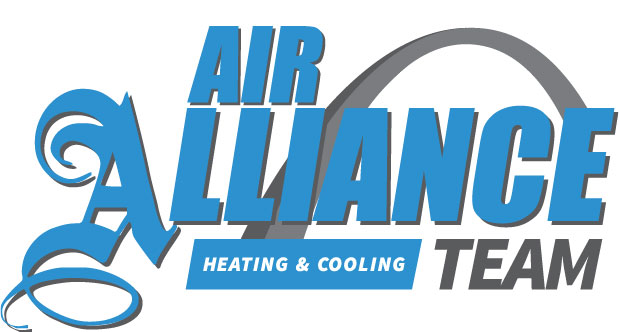
You might not think often about how your air conditioner operates, but it needs refrigerant to keep your house fresh. This refrigerant is controlled by environmental regulation, as it contains chemicals.
Depending on when your air conditioner was installed, it may use R-22, R-410A or R-32 refrigerant. We’ll go over the differences and which air conditioner refrigerants are being phased out in Ballwin and St. Charles, plus how these phaseouts affect you.
What’s R-22 and Why Is It Phased Out?
If your air conditioner was installed before 2010, it possibly contains Freon®. You can learn if your air conditioner contains it by reaching us at 636-206-4584. You can also look at the name plate on your air conditioner condenser, which is located outside your home. This sticker will have information on what model of refrigerant your AC needs.
Freon, which is also known as R-22, contains chlorine. Scientists consider R-22 to be damaging to the earth’s ozone layer and one that leads to global warming. The Environmental Protection Agency, which governs refrigerants in the United States, outlawed its creation and import in January 2020.
I Have a R-22 Air Conditioner. Should I Replace It?
It depends. If your air conditioning is operating properly, you can continue to run it. With routine air conditioner maintenance, you can expect your air conditioning to last around 15–20 years. However, the Department of Energy says that removing a 10-year-old air conditioner could save you 20–40% on annual cooling costs!
If you don’t get a new air conditioner, it can cause difficulties if you require air conditioning repair in the future, specifically for refrigerant. Repairs could be pricier, as only small levels of recycled and reclaimed R-22 is available.
With the phaseout of R-22, many new air conditioners now rely on Puron®. Also referred to as R-410A, this refrigerant was developed to keep the ozone layer strong. As it requires a varying pressure level, it isn’t compatible with air conditioners that use R-22 for cooling.
However, Puron still has the potential to contribute to global warming. As a consequence, it might also eventually be discontinued. Although it hasn’t been communicated yet for residential air conditioners, it’s anticipated sometime this decade.
What Refrigerant Will Take the Place of R-410A?
In preparation of the phaseout, some companies have begun using R-32 in new air conditioners. This refrigerant rates low for global warming possibility—about one-third less than R-410A. And it also decreases energy use by about 10%, according to the Intergovernmental Panel on Climate Change’s Fourth Assessment Report. That’s savings that could be passed on to you through your cooling expenses.
Air Alliance Team Can Provide Support with All Your Air Conditioning Needs
In brief, the modifications to air conditioner refrigerant probably won’t concern you a whole lot until you need repairs. But as we discussed beforehand, refrigerant-related repairs can be pricier due to the low quantities available.
In addition to that, your air conditioner frequently stops working at the worst time, frequently on the warmest day when we’re receiving lots of other requests for AC repair.
If your air conditioner uses a phased out refrigerant or is getting old, we recommend installing a new, energy-efficient air conditioner. This provides a stress-free summer and might even lower your cooling expenses, especially if you choose an ENERGY STAR®-rated model. Plus, Air Alliance Team provides many financing programs to make your new air conditioner work with your budget. Contact us at 636-206-4584 to get started today with a free estimate.
